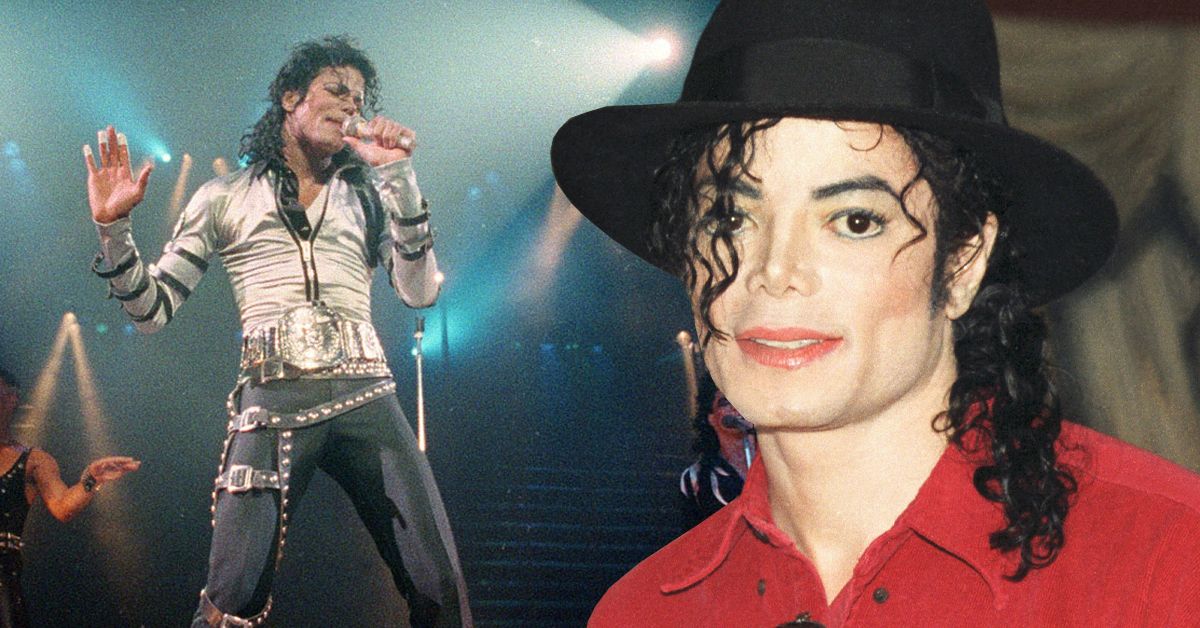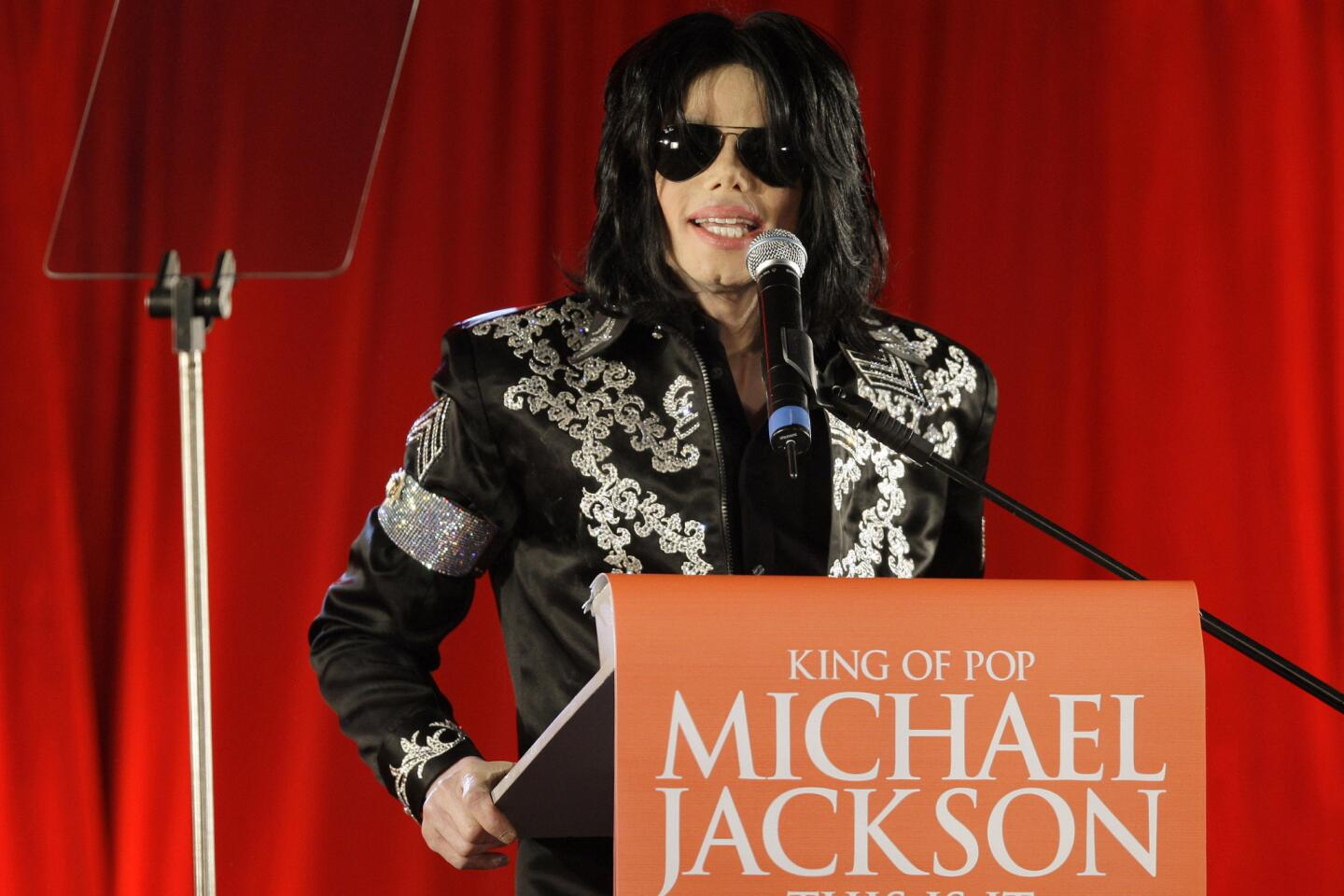Michael Jackson, the King of Pop, is renowned for his groundbreaking music and stunning performances. However, behind the glamorous image of this global superstar lies a lesser-known tale of financial struggle. Despite achieving massive success with his album HIStory: Past, Present, and Future, Book I and embarking on a world tour in 1996, Jackson faced significant financial losses, reportedly losing $26 million during the first leg of the HIStory World Tour.

The HIStory World Tour, which spanned from September 1996 to October 1997, was Jackson’s third and final solo concert tour. It was a major event in his career, promoting his HIStory album, which combined his greatest hits with new material. The tour saw Jackson performing to nearly 4.5 million fans across 57 cities in 44 countries, making it one of the largest tours in music history. Notably, 98% of the tickets for these concerts were sold out, showcasing Jackson’s immense global popularity.
However, despite these impressive figures, the tour did not generate the profit expected. Jackson’s financial losses were attributed to a combination of factors, including high production costs, excessive spending, and pricing decisions that were not conducive to making a substantial profit. A key contributor to the loss was Jackson’s insistence on keeping ticket prices low, ranging from $14.50 to $115.50. While this made the concerts accessible to many fans, it also failed to cover the high expenses associated with the tour’s elaborate stage designs, special effects, and lighting.
The high-tech nature of the show was one of its standout features, with Jackson using a video segment where he piloted a spacecraft through history, followed by his dramatic emergence from beneath the stage. The stage itself was a spectacle, featuring massive statues of Jackson and an elaborate curtain for the performance of Smooth Criminal. These expensive features, along with the cost of sound equipment, lighting, and other logistical needs, drained the tour’s budget.
Paul Gongaware, co-CEO of AEG Live, who was brought on board to oversee the second leg of the tour, revealed that the first leg of the HIStory World Tour faced a $26 million loss. He mentioned that after stepping in, he had to cut many costs in order to avoid a further financial disaster. However, even with these cuts, the tour barely broke even, a much better outcome than what might have happened had Gongaware not intervened.
In the aftermath of the tour, Jackson’s financial troubles continued to worsen. He had long been known for his extravagant spending habits, including costly investments in his Neverland Ranch, movie memorabilia, art, jewelry, and a vast collection of cars and games. Jackson’s lavish lifestyle, coupled with poor financial management, ultimately contributed to his financial troubles. By the time of his death in 2009, Jackson’s estate was worth far less than it could have been, mainly due to his poor financial decisions and overspending.

The HIStory World Tour is a fascinating example of how even the most successful and beloved artists can face significant financial challenges. Despite his financial struggles, Jackson’s talent and ability to entertain millions of fans remained undiminished. His legacy as one of the greatest entertainers of all time continues to inspire and captivate audiences worldwide.
The financial pitfalls of the HIStory World Tour serve as a reminder that, even in the world of superstardom, the balance between artistic success and financial management is fragile. Jackson’s story is not only a testament to his unmatched musical genius but also a cautionary tale about the importance of managing both talent and finances wisely. Even the brightest stars, like the King of Pop, face their own set of challenges.
News
Ryan Seacrest accidentally revealed his romantic relationship with a famous host on the show “Wheel of Fortune”, making the audience extremely excited. Who is it?
Ryan Seacrest recently caused a media frenzy when he accidentally revealed a romantic relationship with a famous host during a live…
Ryan Seacrest hints at a new relationship and teases a possible engagement in the near future, leaving fans buzzing.
Ryan Seacrest sparks excitement as he hints at a new romance and teases the possibility of an engagement soon. Fans are…
Ryan Seacrest shocks fans by revealing the real reason for his split with Aubrey Paige: “She betrayed me.”
Ryan Seacrest has shocked fans with his confession about his split with Aubrey Paige, citing betrayal as the reason. Dive into the…
VERY SAD: Wheel of Fortune Ryan Seacrest Announces Sad News For Fans. the 50-year-old announced in an IG post
Ryan Seacrest Announces Sad News For E! Live Fans Astrid Stawiarz/Getty Images It’s the end of an era on the…
Vanna White’s daughter Gigi Santo Pietro steps into the spotlight and stuns the internet with her jaw-dropping resemblance to her mother and heartfelt tribute
Vanna White’s Daughter Gigi Santo Pietro Steps into the Spotlight and Stuns the Internet with Her Jaw-Dropping Resemblance to Her…
Vanna White threatens to quit “Wheel of Fortune” over Ryan Seacrest: Behind-the-scenes chaos exposed!
Vanna White reportedly considers leaving “Wheel of Fortune” amid Ryan Seacrest’s arrival. Discover the shocking backstage drama and what it could mean…
End of content
No more pages to load













